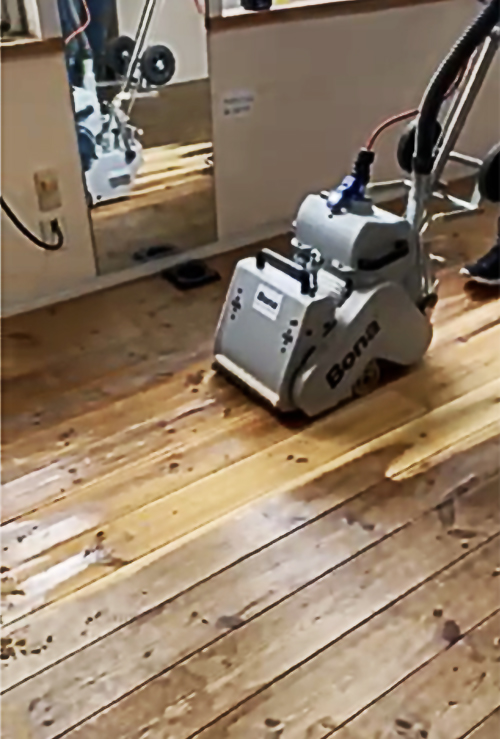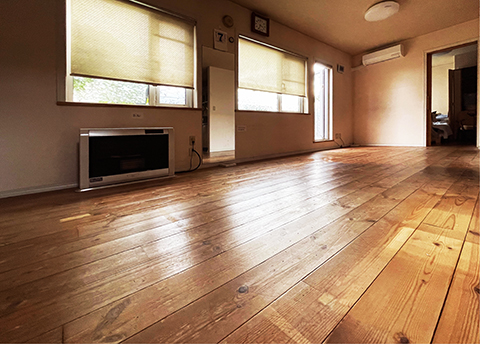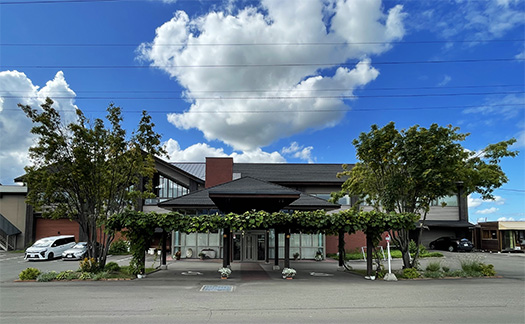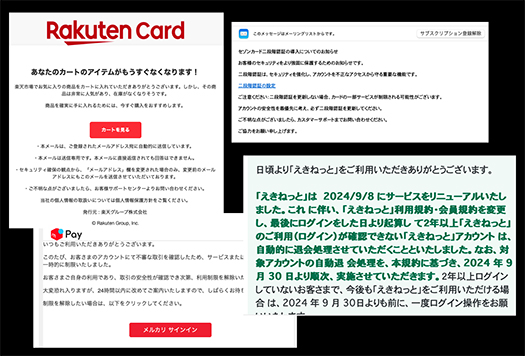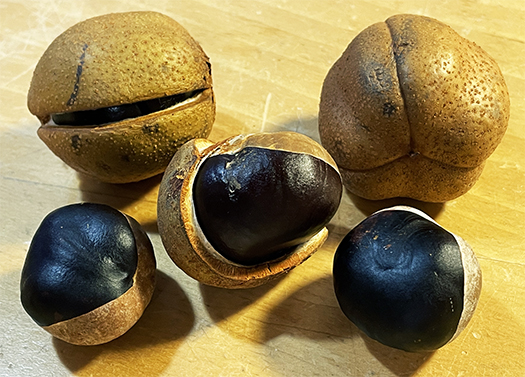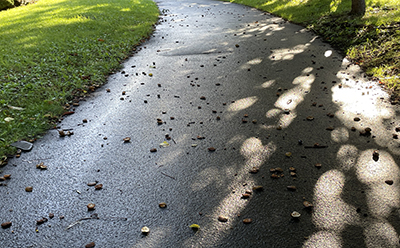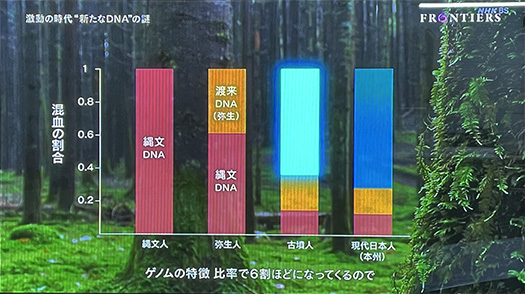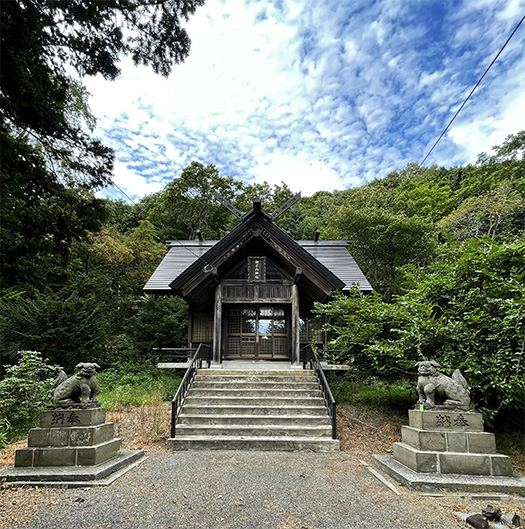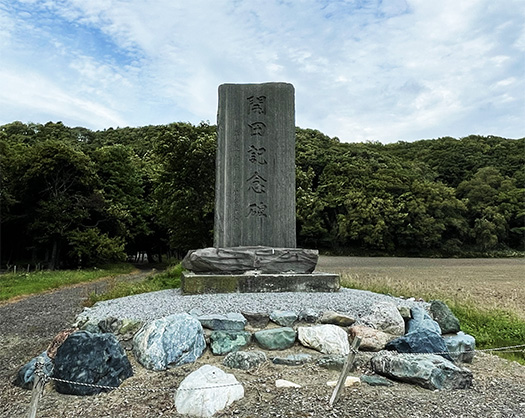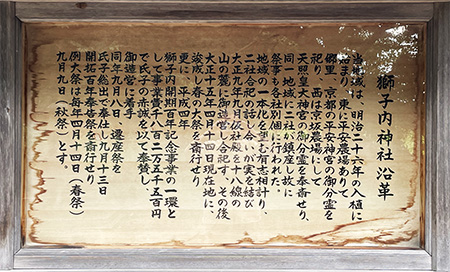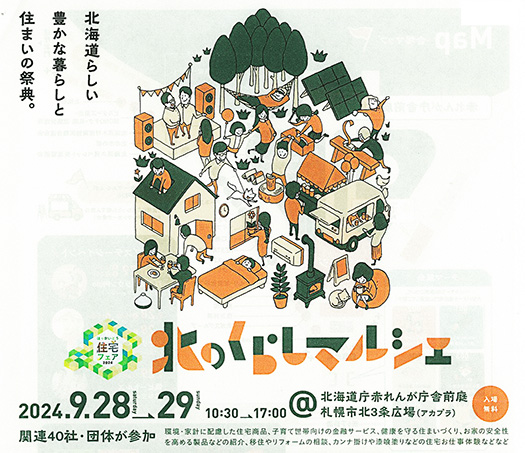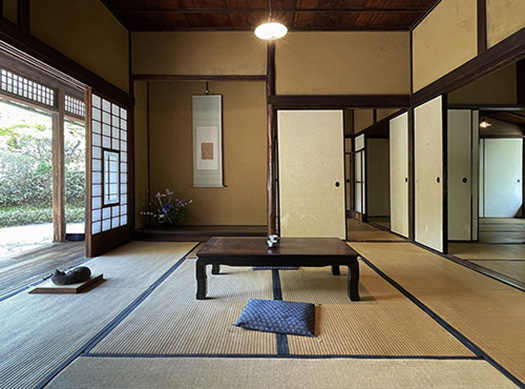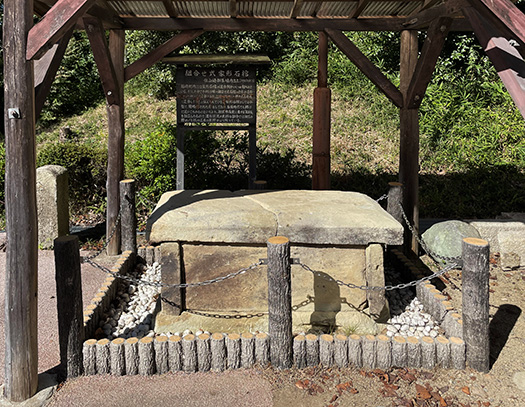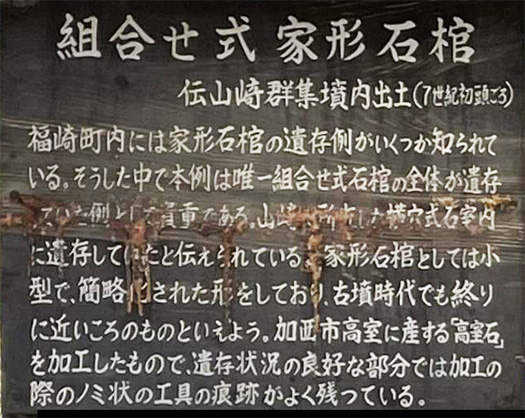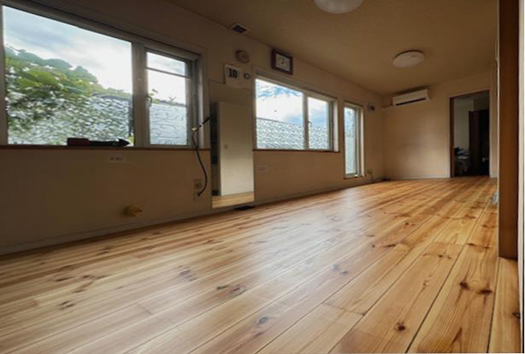
やっぱり建築工事って楽しい(笑)。それもリフォームの場合は施主側にとってはいちばん「変化」が明瞭に見えて、あかるい未来が可視化されていくプロセスのように錯覚させられる。
これは自明のことで、工事を依頼する、あるいは自力で「模様替え」するなどのこころの作為は、どうしたって「後ろ向き」な気持ちではできるわけがない。日本の住宅市場はこれまでひたすら新築需要によって支えられてきたのだけれど、人口減少局面に至ってどう考えても新築需要の一本足打法で通用するとは思われない。そしてその後の住宅市場はどのように生き延びていくのかと考えれば、やはり欧米的な市場構造が基本的には構想できるのではないだろうか。「いまあるものをもっとよくする」志向性。
わが家の床工事の様子-2。きのうはワックス掛けの工程。前後2回のワックス掛けだったそうで、本日仕上げの3回目のワックス掛けが行われる予定。業者さんの方で冷蔵庫などの適時移動作業なども行ってもらえて、おおむね10坪ほどのパイン材の床面が、美しく香しく再生される予定。上の写真は2回ワックス後のものなので、おおむね仕上がりもこのようだろうと思います。
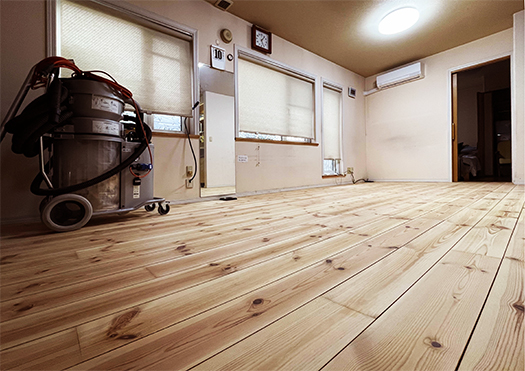
こちらは一昨日の工事写真、表面の汚れを削り出してパイン材素地が再生された様子。新築当時の無垢板への偏愛につい気が緩んでしまって、表面の汚れや傷みを放置してきたのですね。でもパイン素材は「やぁ久しぶりだなぁ」みたいな表情で「なんもさ」と語って許してくれていたように思える。そう、気の置けない旧友との再会みたいなものでしょうか。「いや、ワルかったな、ほっといてイヤな思いをしていなかったか?」
しかし無垢材は「手を加える」ことによってキチンと応えてくれる。そういった対話が可能な相方のように思える。第一、様子を確認するのにわが家からこちらのセカンドハウスまでは移動に往復1時間くらいかかるのに、いそいそと行きたくて仕方がなくてまるで「呼ばれて」いるかのよう。
家と人間の関係性、いわば「愛着」という心理が重要な部分なのでしょう。
ひるがえって考えると、こういうユーザー心理にこそ住宅業界の延命可能性が存在するのだと思える。行政や工事店にして見ると通常的な「建築工事」ですが、こうしたユーザー心理にしっかりとターゲティングした需要アプローチが必要なのでしょうね。
さて本日には工事完了しますので引き渡されて以降、どのように空間を使っていくか、生活の再構築。こういうユーザーのワクワク心理もなかなかに奥深そう。
English version⬇
Reclamation of Solid Floor – Waxing
Waxing firmly based on the reflection of the new construction to protect the material. How can the industry stimulate users’ attachment to their homes will be a core part.
Building construction is fun (laughs). In the case of remodeling, the “change” is most clearly visible to the client, and it gives the illusion of a bright future (laugh) being visualized in the process.
This is self-evident, and it is impossible to commission construction work or to “redecorate” on one’s own with a “backward” mindset. The Japanese housing market has been supported by the demand for new construction, but it is unlikely that the single leg of demand for new construction will be sufficient in the face of a declining population. In this context, the market structure of the U.S. and European countries can be considered as the basic concept of how the housing market will survive in the future. The “make what you have better” orientation.
The flooring work at my house – 2. The floor was waxed twice before and after the waxing, and the third waxing is scheduled for today. The contractor will also be moving the refrigerator and other appliances, and the pine wood floor will be restored to its original beauty and fragrance. The photo above was taken after the second waxing, so we expect the finished product to be similar to this.
This is a photo of the construction the day before yesterday, showing how the surface dirt has been scraped away and the pine wood substrate has been regenerated. I guess I had been so relaxed in my preoccupation with the solid board when I built the new house that I had neglected the stains and pains on the surface. But the pine material seems to have forgiven you, telling you “nothing” with a look like “Hey, it’s been a while. Yes, it was like a reunion with an old friend you don’t feel comfortable with. No, that was badass. Didn’t you feel bad for leaving me alone?”
But solid wood responds to you neatly by “adding a hand” to it. It seems to be a partner with whom such a dialogue is possible. First of all, even though it takes about an hour to travel from my house to this second house and back to check on the house, I couldn’t help but feel as if I was being “called” to the house.
The relationship between a house and a human being, or “attachment,” so to speak, is an important part of the psychology.
In retrospect, it seems that it is in this kind of user psychology that the housing industry’s potential for prolonging its life exists. For the government and construction companies, it is ordinary “construction work,” but I think a well-targeted approach to this kind of user psychology is necessary.
Now that the construction will be completed today, we are reconstructing our lives and how we will use the space after it is handed over to us. This kind of psychology seems to be quite profound.
Posted on 9月 12th, 2024 by 三木 奎吾
Filed under: 住宅マーケティング | No Comments »


